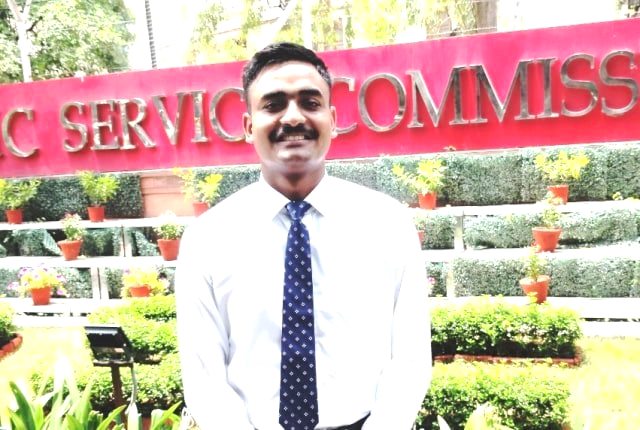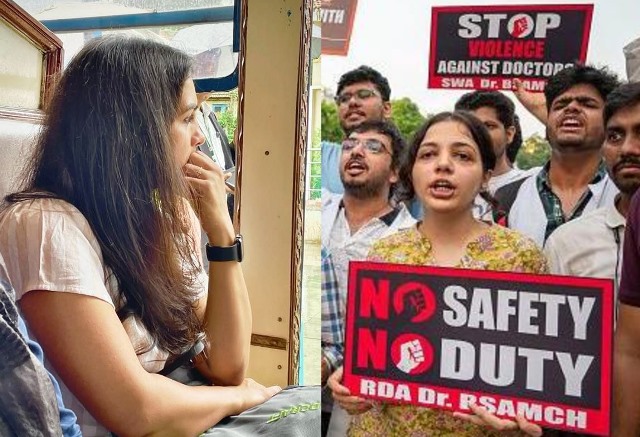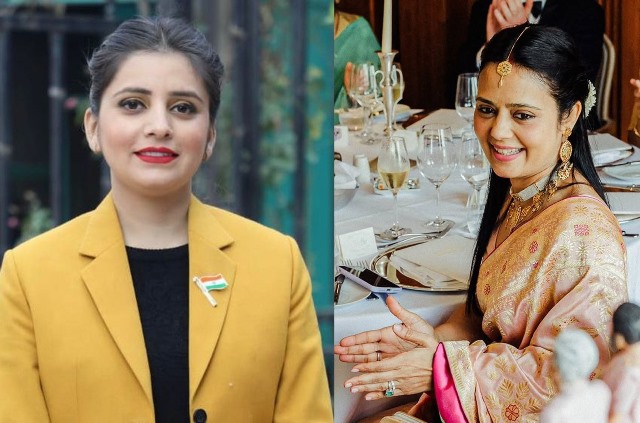
‘Tamil Identity Is Central to The Movement For Nalini’s Release’
Sathish Thozhar, a Chennai-based socio-political activist, explains the events that led to release of convicts in Rajiv Gandhi Assassination case
A decade ago, it would be unimaginable that any of the seven convicts in the Rajiv Gandhi assassination case would ever be able to walk out of the prison barracks as a free person. But, miraculously for some, it has happened. The Supreme Court has ordered the release of three Indian nationals and four Sri Lankans invoking Article 142 of ‘complete justice’.
How did it happen? Was it the will of the Tamil people that set in motion the wheels of justice? Call for release of political prisoners is not a new occurrence. Release of Dalit prisoners in Telangana and of Sikh militants in Delhi and Punjab are still being heard in Indian courts. These demands are not just a human rights issue but carry along larger social movements like Dalit justice, sub-nationality sentiments or anti-imperialist campaigns.
Coming back to the Rajiv Gandhi assassination case, while law agency saw it an act of terrorism, a section of masses considered it an act of retaliation for the IPKF (Indian Peace Keeping Force) atrocities in Sri Lanka. The latter was believed to have taken place at the instance of then prime Minister Rajiv Gandhi.
Initially, the case was dealt with under TADA and all 26 accused were given death sentences in 1996. Many legal experts found it shocking as many of the convicts were not even primary accused in the charge sheet. This triggered a movement for saving 26 Tamils’ lives that could be termed as the first part of this three-decade story.
The effort resulted in a judgment which acquitted 19 among the 26 accused. Among the res seven convicts, four – Perarivalan, Nalini, Shanthan, and Murugan – were given death penalty and three – Robert Payas, Ravichandran, Jeyakumar – sentenced to life imprisonment.
ALSO READ: Help Sri Lankan Tamils – An Open Letter to Modi
This kindled hope. There is a mild sympathy among the masses for Nalini, as a young mother. Sonia Gandhi herself never opposed the clemency demand for Nalini which made late K Karunanidhi to move forward with it. Tamil Nadu Government used Article 161 i.e. exclusive right of State for amnesty but the then governor Mrs Fathima refused to sign on the resolution. The state government moved to High Court and succeeded in reducing the penalty of Nalini to life sentence in 2008.
The backdrop for the real momentum in this movement happened in the later part of 2008 when the war against LTTE in Sri Lanka had given rebirth to the solidarity movement of Eezham Tamils in the post Rajiv assassination scenario. The brutal war against LTTE was propagated as war against terrorism by Sri Lankan state but it was nothing short of Tamil genocide. The Lankan Army did not spare even children, elderly people, pregnant women and non-conflict zones like hospitals, schools etc.
Every walk of society from students, lawyers, and teachers, to IT professionals in Tamil Nadu took to streets and urged the Indian government to intervene but, the Congress-led Centre was on the other side supporting the Sinhala- Buddhist supremacist militarily, diplomatically and in every aspect to continue the war till its end. The laymen in Tamil Nadu perceived it as an act of revenge by Sonia led congress against the assassination of Rajiv.
The political class in Tamil Nadu then thought it had failed in saving thousands of Tamils but we must save the three on death row in Indian jail. When days were being counted for the hanging, a young female comrade Sengodi from a tribal community in Kancheepuram, self-immolated, demanding the release of the three Tamils. It became a highly emotive issue. The Jayalalithaa government passed a resolution demanding their release through article 432, 433 of CrPc for which a consultation with the Union Government is needed.
Meanwhile, Madras High court stayed the death penalty with appearance of Senior Counsel Ram Jethmalani. The Union Government moved to the Supreme Court to challenge the verdict and the bench of Sadhasivam confirmed the historical judgment of reducing the sentence from life to death.
When DMK came to power, it followed into the footsteps of the previous government. Both DMK and AIADMK included in their election manifesto the release of seven prisoners during the 2014 General Election and again in 2016 State assembly election.
Congress, BJP could not rally the people for their demand of keeping them in prison till their death. People got convinced for the release of these prisoners in the backdrop of Mullivaikal massacre backed by Indian Government that they perceived as an act of revenge against Rajiv assassination. That is in fact a trade-off between the people of Tamil Nadu and the Indian establishment in their protracted struggle for their right to self-determination.
Read More: http://13.232.95.176/
None of the human rights movement will succeed without coupling it with a larger political movement and this movement for the release of life prisoners is linked with Tamil nationalist movement. We are happy to see them walk out of jail and begin a new life.
As told to Nityanand Gayen



